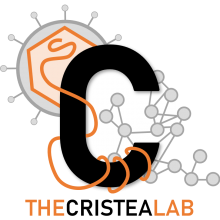Guanidination chemistry for qualitative and quantitative proteomics
Publication Year
2006
Type
Journal Article
Abstract
The application of guanidination chemistry, the conversion of lysine into homoarginine residues, is used to illustrate several important general considerations relating to the use of differential isotope labelling for relative quantification in proteomics. The derivatisation procedure has been optimised for automation using a liquid handling station designed for proteomics. Automated application of the procedure to the analysis of in-gel tryptic digests of multiple spots from the two-dimensional gel electrophoretic (2DE) analysis of proteins from the FDCP-mix cell line shows near-universal improvement in protein identification as a result of derivatisation. This chemistry has been extended for relative quantification, applicable to matrix-assisted laser desorption/ionisation mass spectrometry (MALDI-MS) and also tandem mass spectrometry (MS/MS). It provides a robust method for the quantitative comparison of two samples that have been separated by 2DE. A peptide pair may display poor detection during MS analysis, causing their reliable relative quantification to be difficult. In such circumstances, the additional selectivity of detection provided by MS/MS can substantiate identification and allow relative quantification of these species via product ion signal ratios.
Keywords
Journal
Rapid Commun Mass Spectrom
Volume
20
Issue
21
Pages
3245-56
ISSN Number
0951-4198
DOI
Alternate Journal
Rapid Commun Mass Spectrom
PMID
17019669

